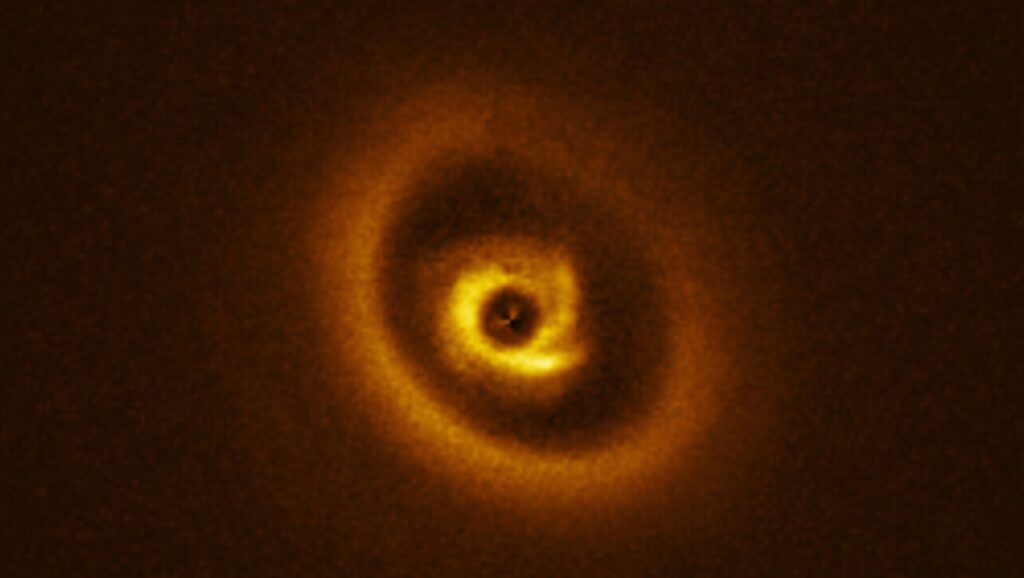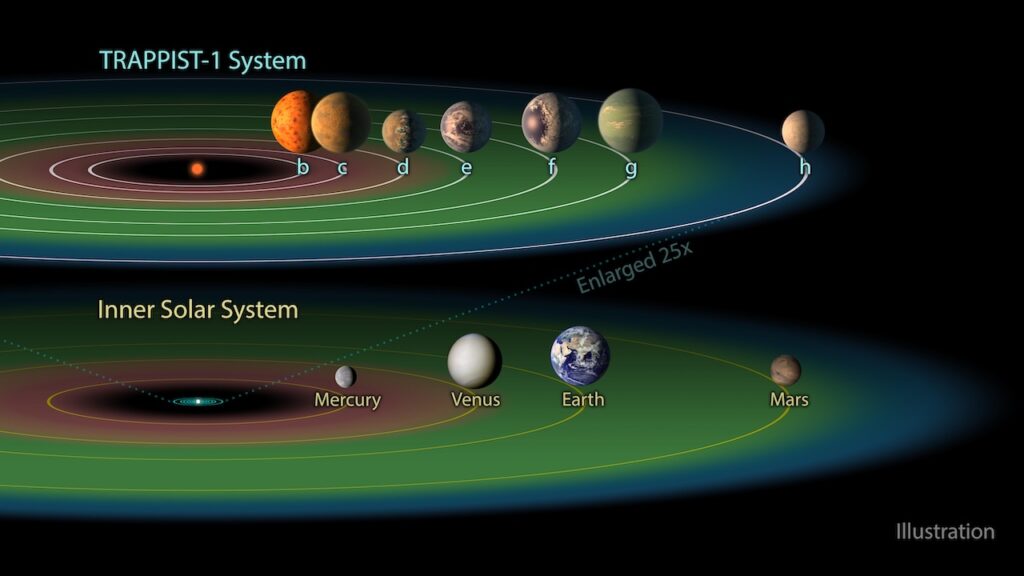Density, Not Radius, Separates Rocky And Water-rich Small Planets Orbiting M Dwarf Stars

Exoplanets smaller than Neptune are common around red dwarf stars (M dwarfs), with those that transit their host star constituting the bulk of known temperate worlds amenable for atmospheric characterization.
We analyze the masses and radii of all known small transiting planets around M dwarfs, identifying three populations: rocky, water-rich, and gas-rich. Our results are inconsistent with the previously known bimodal radius distribution arising from atmospheric loss of a hydrogen/helium envelope.
Instead, we propose that a density gap separates rocky from water-rich exoplanets. Formation models that include orbital migration can explain the observations: Rocky planets form within the snow line, whereas water-rich worlds form outside it and later migrate inward.
R. Luque, E. Pallé
Comments: Submitted 30 July 2021; published 9 September 2022. Supplementary Materials are available at this https URL
Subjects: Earth and Planetary Astrophysics (astro-ph.EP)
Cite as: arXiv:2209.03871 [astro-ph.EP]
(or arXiv:2209.03871v1 [astro-ph.EP] for this version)
Journal reference: Science 377, 6611 (2022)
Related DOI:
https://doi.org/10.1126/science.abl7164
Focus to learn more
Submission history
From: Rafael Luque
[v1] Thu, 8 Sep 2022 15:19:08 UTC (13,772 KB)
Full paper: https://arxiv.org/abs/2209.03871
Astrobiology








